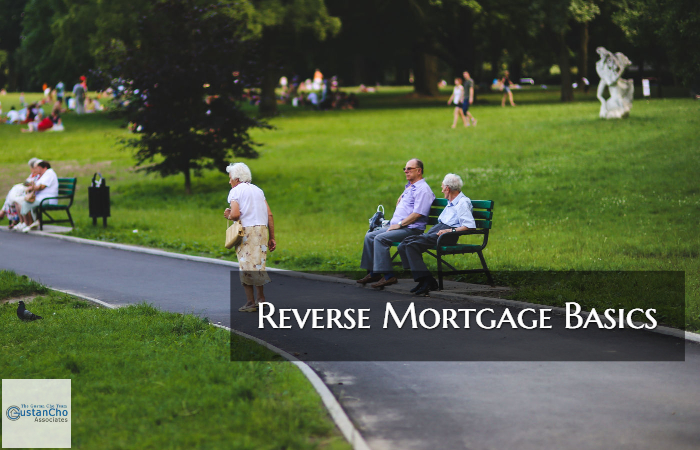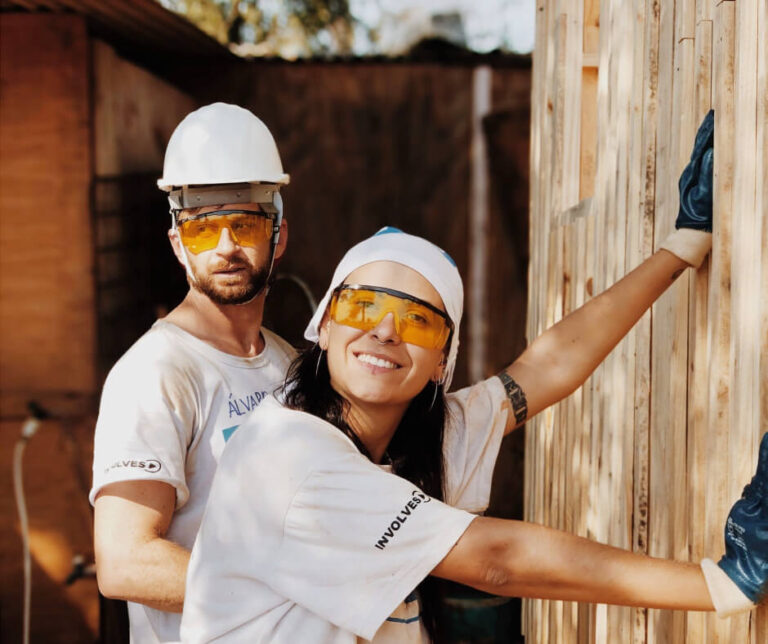Reverse Mortgage Basics For Senior Homeowners
This BLOG On Reverse Mortgage Basics For Senior Homeowners Was UPDATED On April 21st, 2019
Reverse Mortgage Basics By Gustan Cho
A reverse mortgage is a mortgage loan that is geared for homeowners who are 62 years old and older who have equity in their homes.
- The reverse lender will advance homeowner funds based on the equity they have in their home
- Once homeowner closes on a reverse mortgage, they do not have to ever make a mortgage payment until their either sell their home or pass away
- Homeowners are responsible to pay for property taxes and insurance as long as they own their home
- Homeowners who are 62 years old or older who do not have sufficient equity in their homes or who still have underwater mortgages due to the real estate collapse will not qualify for a reverse mortgage
How Do Reverse Mortgage Works: Reverse Mortgage Basics
The best way to explain how reverse mortgages work is via a case scenario.
- Let’s take an example where Borrower X is 72 years old
- Owns a home in Tampa, Florida that is valued at $100,000
- Has a mortgage loan balance of $20,000
- Borrower X currently has a mortgage payment of $800.00 per month
- His property taxes are $100 per month ( $1,200 per year )
- Homeowners insurance is $100 per month ( $1,200 ) per year
- Borrower X has only social security income of $1,500 per month
- After paying his mortgage, property taxes, homeowners insurance, utilities, and living expenses, he barely has enough to survive on
- Cannot even afford to take a vacation or save for a rainy day
Equity Is Required For Reverse Mortgages
With the above case scenario with Borrower X, a reverse mortgage would be ideal for him.
- Since he only has a first mortgage loan balance of $20,000 on a home that is worth $100,000, Borrower X has sufficient equity in his home
- He would be a perfect reverse mortgage loan candidate
- Reverse mortgage lenders will normally lend between 40% to 70% loan to value
- The older the reverse mortgage borrower is, the higher the loan to value
Case Scenario:
- For math reasons, let’s just assume that at the 72-year-old age bracket
- Borrower X is eligible to borrow up to 60% loan to value which on this case scenario is $60,000 ( 60% of $100,000 home value )
- The $60,000 loan will be funded after the reverse mortgage lender pays off all liens on his property which is $20,000
- The balance, $40,000, will go to the reverse mortgage borrower and the borrower can do whatever he pleases with the proceeds
- The borrower does not have to worry about making a single mortgage payment for the rest of his life or until he decides to sell his home
- The lender will add the principal and interest of the $60,000 mortgage loan every month to the balance of the mortgage loan
- So every month, the balance of his mortgage loan will keep on increasing until the reverse mortgage is paid off
When Does A Reverse Mortgage Need To Be Paid Off? Reverse Mortgage Basics
A reverse mortgage does not have to be paid off.
- Reverse mortgages do not have a balloon payment due nor does it have an expiration period
- Borrowers do not have to make a mortgage loan payment for the rest of his life
- There may be cases where borrowers may live over 30 years after he or she gets a reverse mortgage
- The mortgage lender may have a loan balance that is way higher than the value of the mortgage loan
- The lender is protected and insured because FHA insures the lender in the event this case scenario happens
Reverse Mortgage Basics: Reverse Mortgage Eligibility Requirements
Since reverse mortgages are based on the equity of the home. There are no income nor credit requirements. As long as the reverse mortgage borrower has equity in their home and as long as the borrower is 62 years old or older, the borrower will qualify for a reverse mortgage.
- The borrower only can be on the title on a reverse mortgage
- If the reverse mortgage borrower has a non-borrowing spouse who is under the age of 62 years old, they cannot be on the title of the home
To qualify for a reverse mortgage, borrowers need to be an owner occupant. The home needs to be the primary residence of the borrower.
- A principal owner occupant residence is defined as follows:
- homeowner primary property
- needs to live in subject property for at least 6 months and 1 day out of each calendar year
- Proof of residency can be provided by providing the following:
- tax returns
- drivers license
- utility bills
- All liens of the property need to be paid off with the funds of the reverse mortgage
- The reverse mortgage lender needs to be in the first position
- This includes old mechanics liens
If the reverse mortgage borrower works out of their home, no more than 25% of the square footage can be allocated towards business and/or commercial use.
Reverse Mortgage Basics: Eligible Properties For Reverse Mortgages
The following types of properties qualify for reverse mortgages:
- Single-family homes
- FHA approved condominiums
- Manufactured homes
- Multi-unit properties up to 4 residential units all qualify for a reverse mortgage loan
- With multi-unit properties, the homeowner needs to occupy one of the units as their primary residence
All properties are subject to appraisal and appraisal reviews and there must be comparable sales. Unique properties with no comparable sale and co-ops are not eligible for reverse mortgages.




